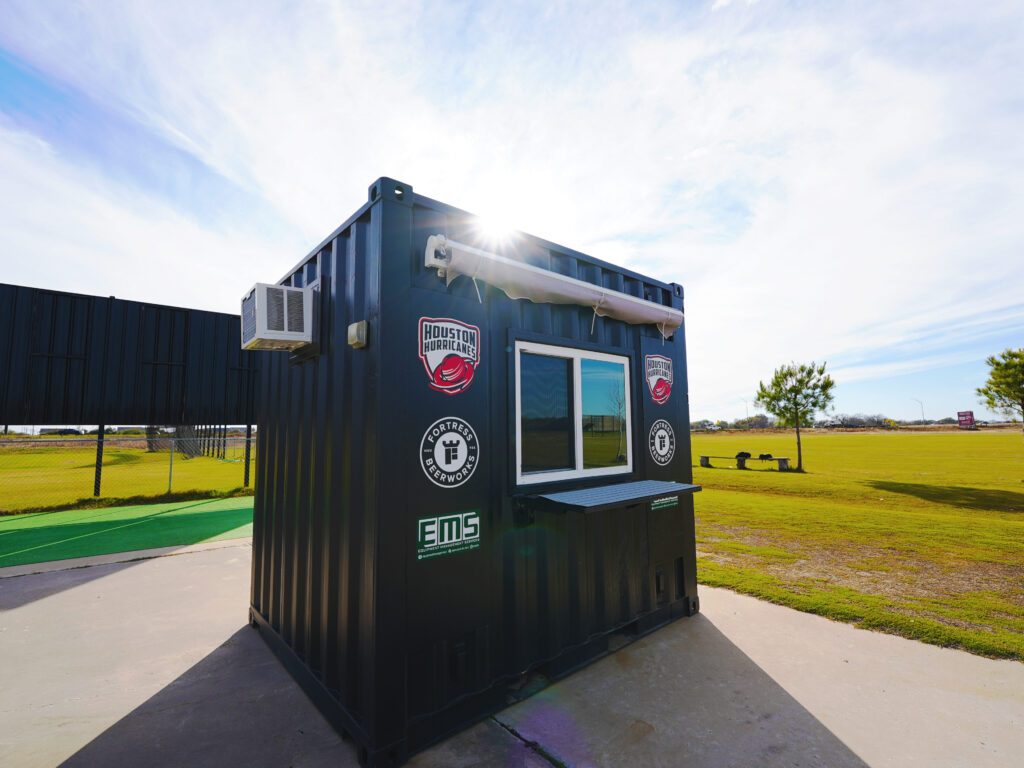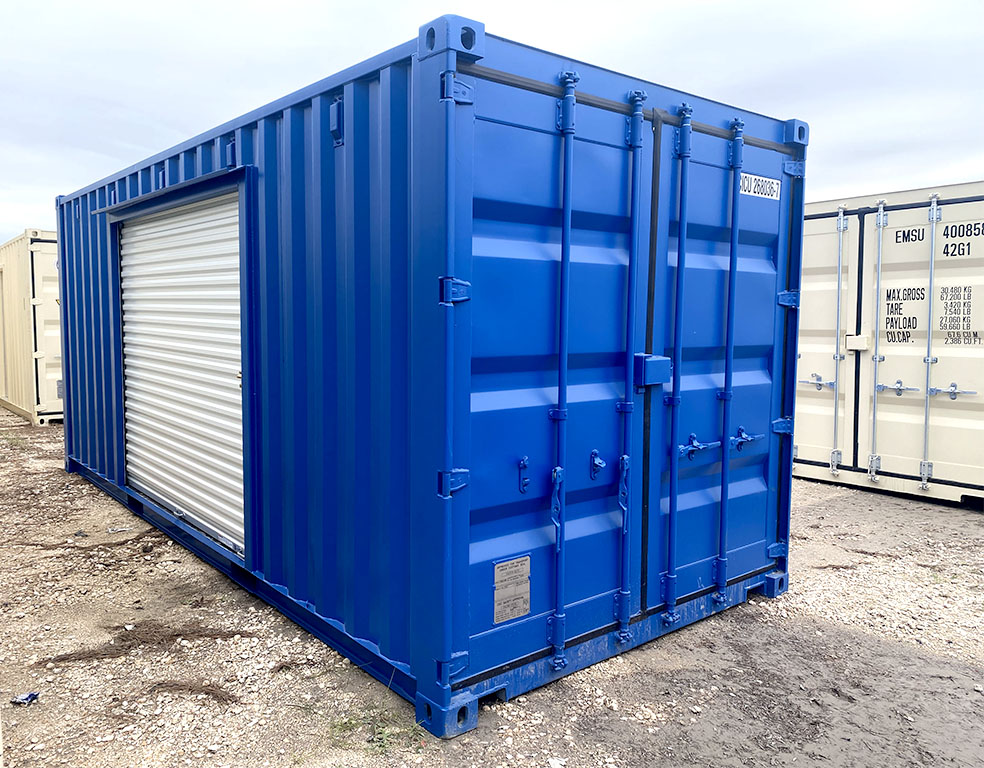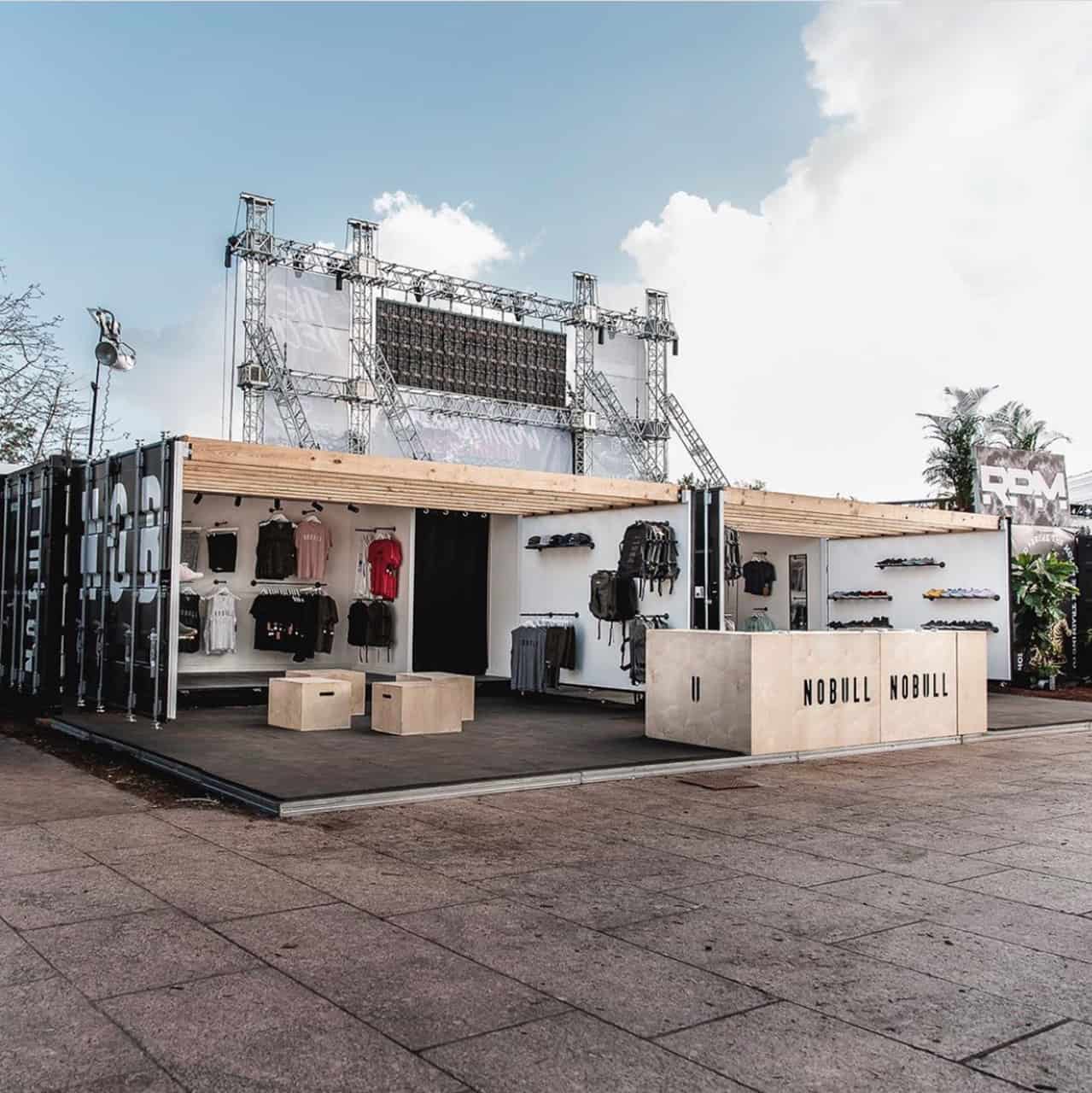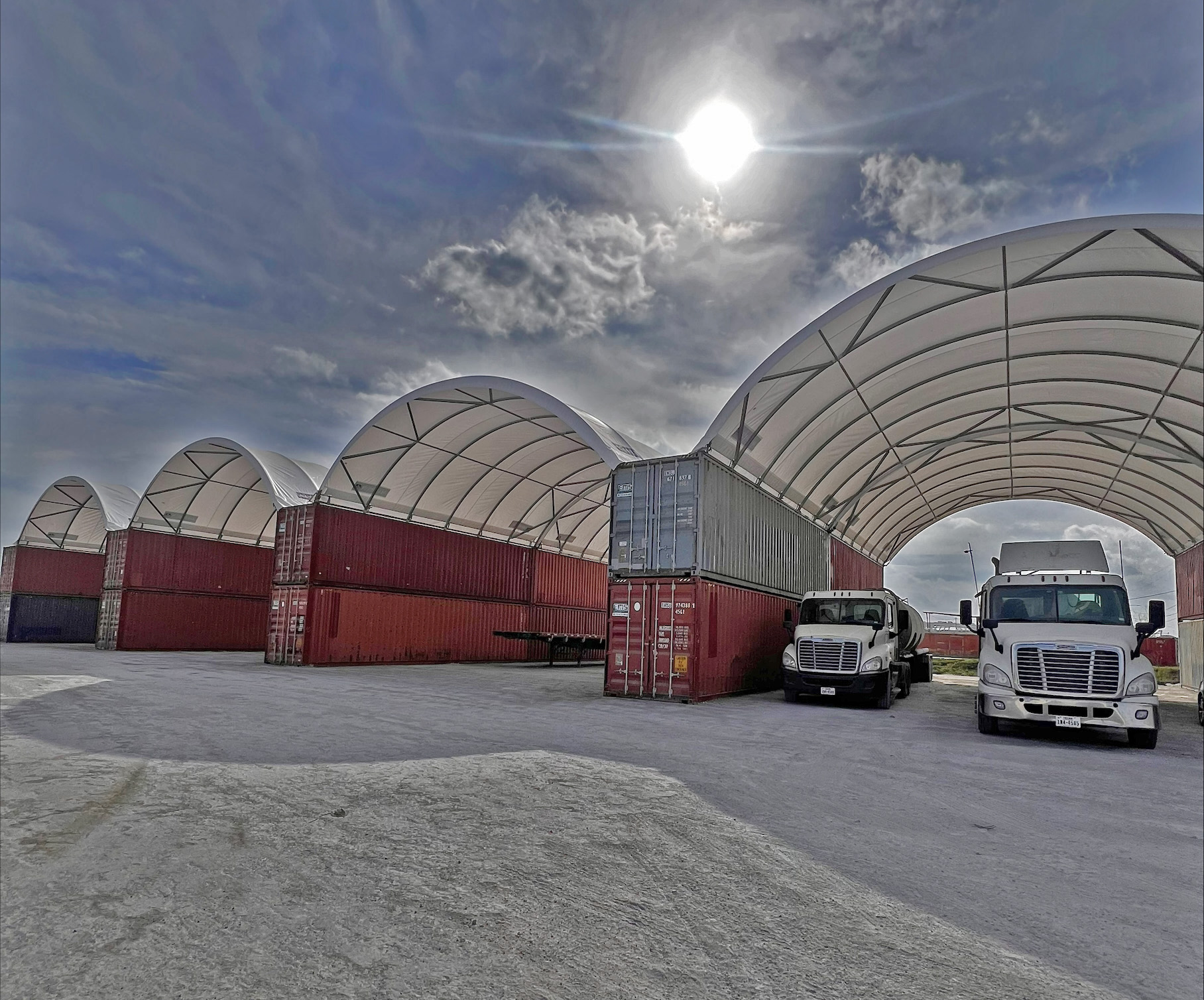Are you getting curious about shipping containers and why they are hugely popular right now? Do you think it’s time for you to move out of your conventional home and instead live in something more creative and exciting like a container home?
If that’s the case, then you’ll have to go check out shipping containers for sale. Do note, however, that there are many different kinds out there, and that each will have their own features you need to consider.
Have a Plan
As with any other construction project, the first thing you have to do is to have a plan. It doesn’t have to be set in stone, as you can leave some room for modifications later on. What’s important, however, is that you at least have an idea of the kind of construction that you’ll have.
Being able to visualize the structure will help you get the materials you need more efficiently. Most of all, you can already look for a specific type of container. Will you need a high cube or a standard container? The size of the container is going to be especially crucial as this is going to serve as the foundation for your building, in general.
Standard vs High Cube
There are easily a dozen different kinds of containers, but the ones most commonly used for building structures would be the standard and high cube units. These are usually 8-foot tall units, and can have either 20, 40, or 53 feet in length.
This is among the easiest to find and buy, which is also the reason why it’s among the most cost-efficient options available.
High cube containers, on the other hand, have a higher ceiling of 9.5 ft., which is great for those who would prefer not to feel too cramped or claustrophobic. The extra height also lets you make the most of the head space even with insulation on both floor and ceiling.
This is something that you may want to seriously consider, especially when opting for the standard unit. While you may think that you won’t need that much head space anyway (and it doesn’t hurt that it’s going to be cheaper, too), think about the amount of space that you’ll lose once you work on the insulation. And of course, insulation is not something that you can afford to do away with.

Conduct a Thorough Inspection
Whether you’re buying brand new or used containers, it wouldn’t hurt to spend some time inspecting its physical state. Walk along the perimeter of it just to make sure that the structure is straight. While you’re at it, keep an eye out for any dents or signs of corrosion on the body. These are the two most common problems that affect a shipping container.
It’s not just the body that you have to check, though, but also the roof. For this, you may need a professional handyman to go up there and check it himself. Rusting and leaks are the usual roof-related issues.
When you’re done checking the exterior, it’s time to see what’s inside. As soon as the door opens, try to smell the inside of the container. This should help you determine if there’s a potential mold problem, or if there are any toxic chemicals that may cause you health problems later on.
Find a reputable and experienced supplier like EMS. At Equipment Management Services, we will help you get a step closer to being able to get the right shipping container for your building needs.
Sources:
10 Things You Need to Know Before You Buy a Shipping Container. Off Grid World.
Complete Guide to Buying Shipping Containers. Container Home Plans










